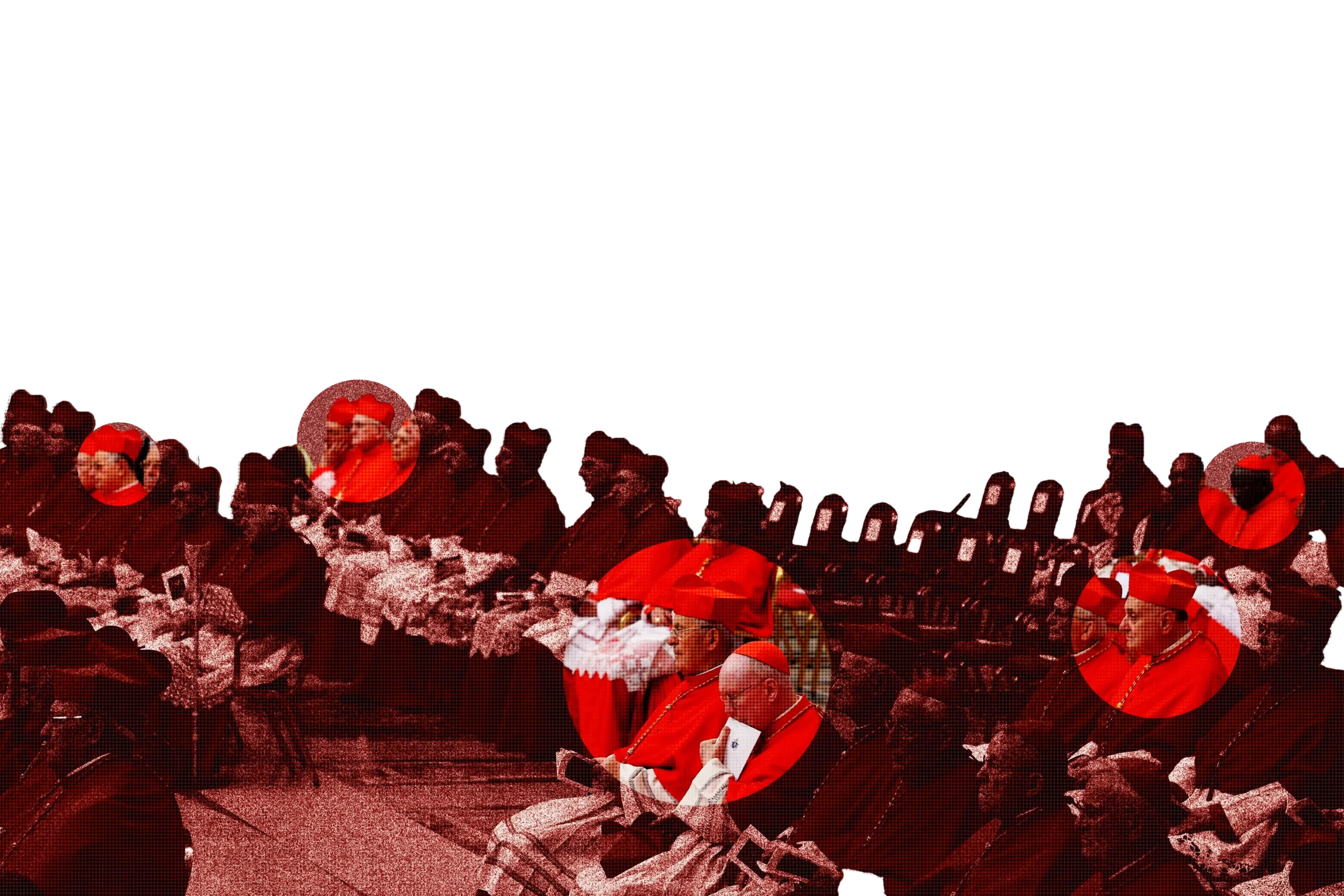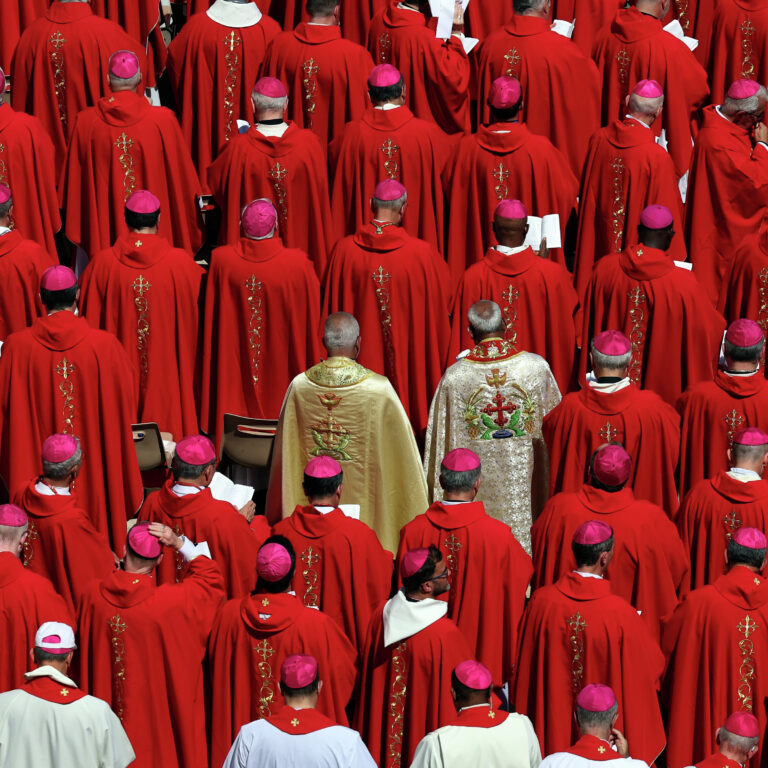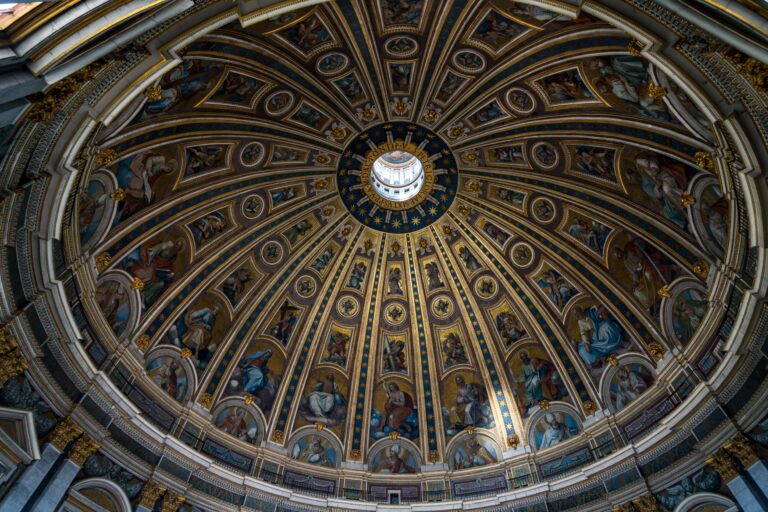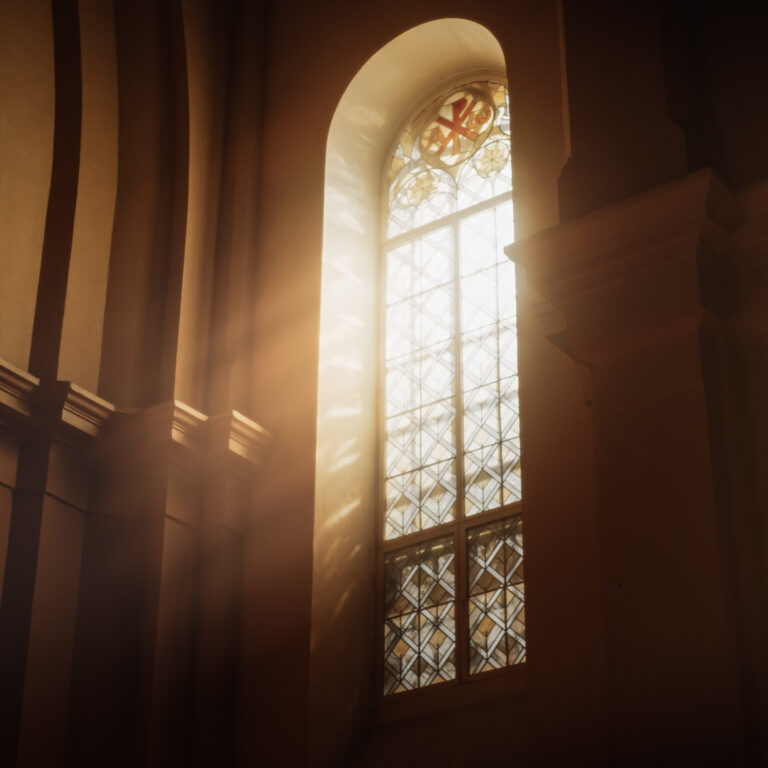Pope John Paul II and the Solidarity Movement
For people across Eastern Europe, the Cold War was a time of disconnection, anxious whispers, and uncertainty. Countries within the Eastern Bloc, behind the ‘iron curtain,’ had no guarantee of sovereignty. This was highlighted by the Prague Spring uprising in 1968, which was ruthlessly put down by the Red Army. Soviet hegemony was clear. These societies were not free politically, ideologically, or morally.
The struggle for freedom and national identity was exemplified by the self-immolation of Jan Palach, a student protester during the Prague Spring. His act of defiance was not merely against Soviet occupation but against the widespread demoralization of the Czechs and Slovaks. His sacrifice underscored the internal erosion of hope among those living under communist rule. This sense of despair, however, would not remain unchallenged. The embers of defiance ignited in Czechoslovakia found a renewed flame in Poland, where opposition to Soviet-imposed rule took on an organized, powerful, and ultimately transformative form.
The rise of the Solidarity Movement in Poland is one of the most significant examples of non-violent resistance in modern history. At its core, Solidarity was not just a labor movement; it was a broad-based social and moral movement that encompassed Polish nationalists, intellectuals, and religious communities, united against an oppressive regime. And at the heart of this movement stood an unlikely yet immensely powerful figure: Pope John Paul II.
Born Karol Wojtyła, Pope John Paul II was the first non-Italian pope in over 450 years. His election in 1978 sent ripples of hope through his native Poland and across the Eastern Bloc. When he visited Poland in 1979, the significance of his presence was not lost on either the Polish people or the ruling communist regime. Millions gathered to hear him speak, and his words were clear: “Be not afraid.” In a society where fear was a tool of control, this simple message was revolutionary. His visit reawakened a spirit of faith and resistance among Poles, reminding them that they were part of something larger than the Soviet system that sought to suppress them.
The Solidarity movement, founded in 1980 at the Lenin Shipyard in Gdańsk, embodied this renewed spirit. Initially a trade union advocating for workers’ rights, Solidarity quickly evolved into a national movement opposing Soviet oppression. It was not merely about wages and working conditions; it was about reclaiming dignity, faith, and national identity in the face of an atheistic regime that sought to erase them. The movement’s rapid growth was staggering. Within its first year, Solidarity boasted nearly 10 million members, encompassing nearly a third of Poland’s working population.
The ruling communist regime, backed by Moscow, recognized the existential threat posed by Solidarity and moved swiftly to crush it. Martial law was declared in December 1981, and Solidarity was officially banned. Thousands of activists, including its leader Lech Wałęsa, were imprisoned. However, the movement did not die. Instead, it went underground, supported by a vast network of Catholic churches and international allies. Throughout this struggle, Pope John Paul II remained a steadfast supporter, advocating for non-violent resistance and using Vatican resources to provide moral and material aid to the Polish opposition.
One of the most potent tools in this struggle was radio. The Vatican’s radio station became a crucial voice for the Polish resistance, broadcasting messages of hope and updates on the movement’s progress. This was a stark contrast to the state-controlled media of the Eastern Bloc, which sought to suppress and distort the truth.
Internationally, Pope John Paul II’s influence was undeniable. He maintained close relationships with key Western leaders, including U.S. President Ronald Reagan. Both men recognized a shared goal: the dismantling of Soviet communism. Reagan’s famous 1987 challenge to Mikhail Gorbachev, “Mr. Gorbachev, tear down this wall!” echoed the moral stance the Pope had taken years earlier. Their combined efforts placed immense pressure on the Soviet regime, both politically and ideologically.
By 1989, the tide had turned. The Polish government, unable to suppress Solidarity and facing mounting economic and political pressures, was forced to negotiate. In June of that year, Poland held its first partially free elections since the war. The results were groundbreaking. Solidarity candidates won nearly every seat they contested. This momentous event paved the way for further democratization, culminating in Lech Wałęsa’s election as President of Poland in 1990.
The fall of communism in Poland was a harbinger of greater changes to come. One by one, Eastern European nations shook off Soviet control. The Berlin Wall fell in November 1989, and by Christmas 1991, the Soviet Union itself ceased to exist. The hammer and sickle flag was lowered over the Kremlin for the last time, marking the end of an era.
Pope John Paul II’s role in these events cannot be overstated. He did not lead an army or wield political power, yet his moral authority and unwavering commitment to truth and faith inspired millions. His calls for resistance through peace and faith proved to be more powerful than tanks and secret police. What the Prague Spring could not achieve through protest and self-sacrifice, the Pope facilitated through hope, unity, and spiritual resilience.
His legacy in Poland remains unparalleled. For the Polish people, he is a national hero, a spiritual father, and a symbol of their resilience. For historians, he is a key figure in the fall of communism. The moral revolution he championed did not merely change Poland, it set in motion a chain reaction that led to the collapse of an empire.
Well within living memory, a pope changed the world. His legacy serves as a testament to the power of faith, truth, and non-violent resistance against tyranny. The lesson of Pope John Paul II and the Solidarity Movement is clear: when a people refuse to be afraid, when they choose to stand firm in the truth of their faith and love, even the mightiest empires can crumble.







